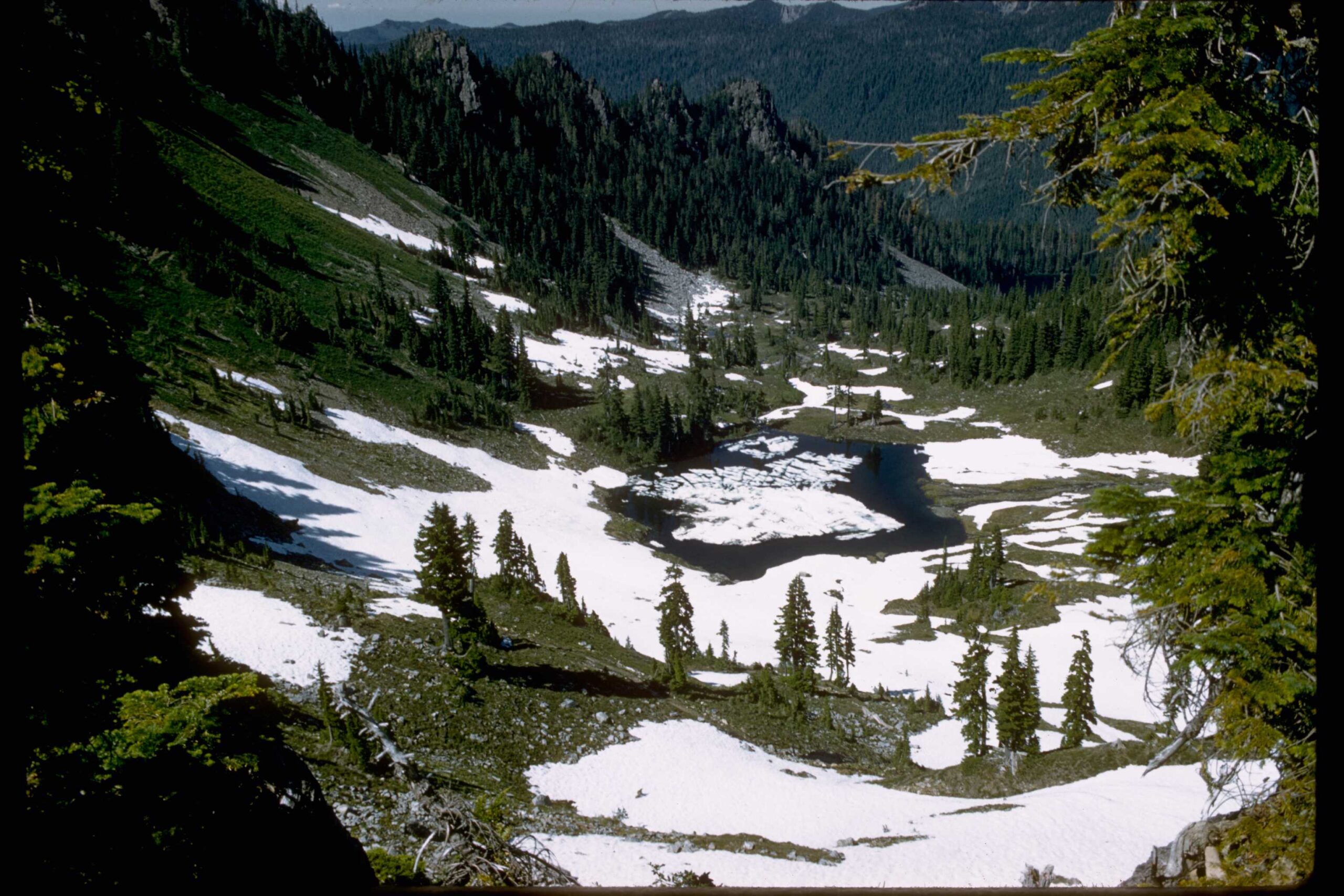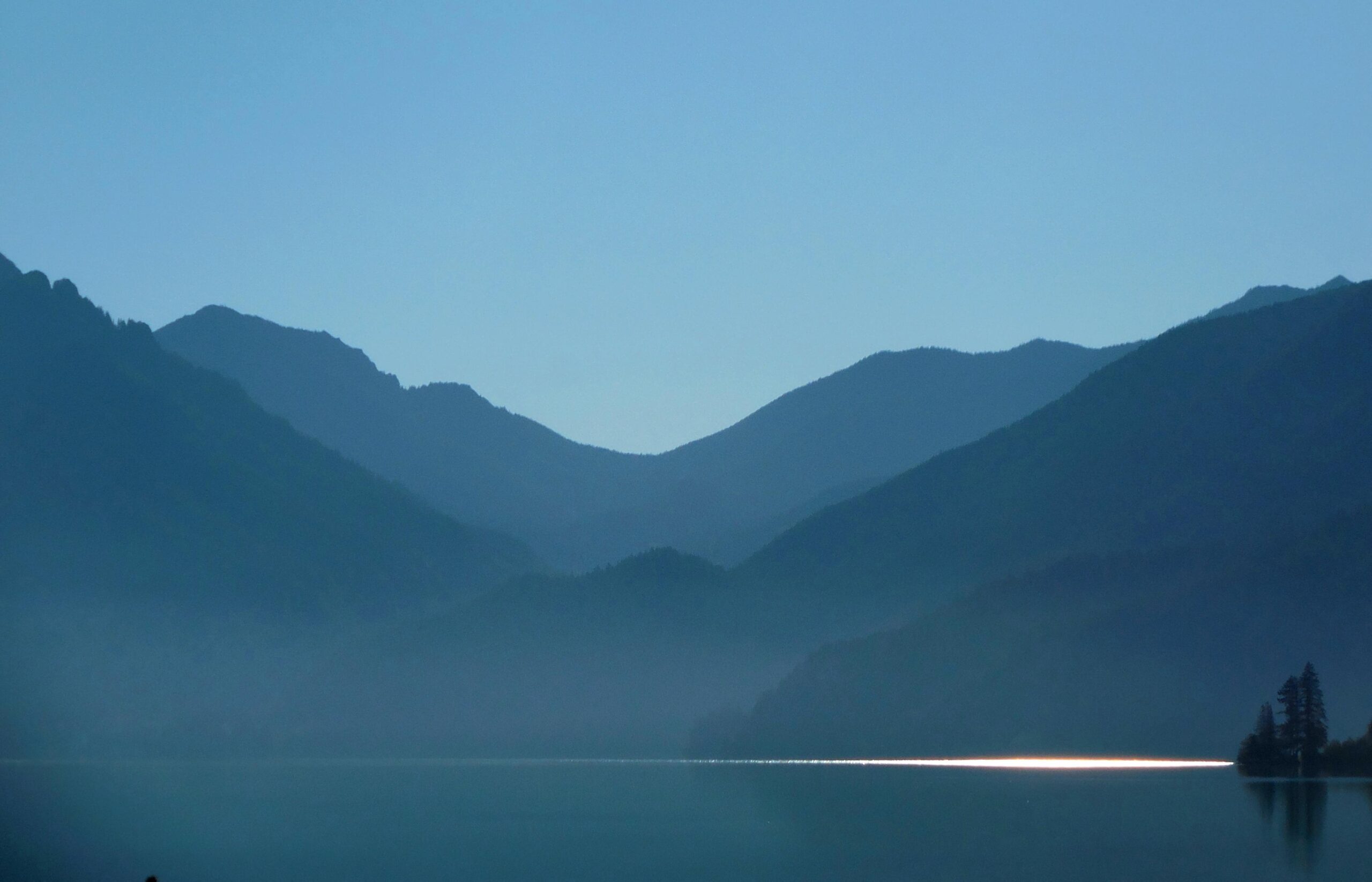Olympic National Park offers breathtaking landscapes and diverse ecosystems, attracting campers from around the world. While the park itself requires permits for camping, there are free options in the surrounding areas. This guide explores campgrounds at Olympic National Park without a permit, focusing on free sites in the Olympic National Forest and nearby areas. We’ll cover camping rules, dispersed camping guidelines, and available facilities to help you plan your outdoor adventure.
What Are the Free Camping Options Near Olympic National Park?

While Olympic National Park itself doesn’t offer free camping without a permit, several options exist in the surrounding areas:
- Washington State Department of Natural Resources (DNR) Campgrounds
- Require a Discover Pass ($30/year or $10/day)
-
Examples:
- Coppermine Bottom Campground (12 sites)
- South Fork Hoh Campground (7 sites)
-
Dispersed Camping in Olympic National Forest
- Free, but must follow specific regulations
- Allowed throughout the forest surrounding the national park
What Are the Rules for Tent Camping Without a Permit?

For dispersed camping in Olympic National Forest, adhere to these guidelines:
- Camp at least ¼ mile from developed recreation sites
- Stay 200 feet away from water sources
- Limit stays to 14 consecutive days within a 30-day period
- Use existing campsites when possible
- Restore the site to its natural condition upon departure
How to Properly Manage Campfires and Food Storage?
Campfire Management:
- Burn only dead and down wood
- Completely extinguish fires before leaving
- Allowed below 3,500 feet unless fire restrictions are in place
Food Storage:
- Store food and trash properly to deter wildlife
- Pack out all trash and human waste
Where Are the Designated Areas for Dispersed Camping?
Dispersed camping is permitted throughout Olympic National Forest, which is divided into several districts:
- Hood Canal Ranger District
- Pacific Ranger District
Access campsites via Forest Service roads, ensuring you have adequate space to park without damaging vegetation.
What Facilities Are Available at Free Campgrounds?
| Campground | Number of Sites | Proximity to Trails | Available Activities |
|---|---|---|---|
| Coppermine Bottom | 12 | Close to nearby trails | Camping, hiking, fishing |
| South Fork Hoh | 7 | Popular for South Fork Hoh Trail | Camping, hiking, exploring |
Both campgrounds offer basic amenities suitable for tent and RV camping (up to 30 feet).
What Challenges Should Campers Be Prepared For?
When camping in these areas, be ready for:
- Limited sunlight in forested areas
- Poor cell reception
- Potential for bugs and mud
- Rough road conditions, especially after rain
Always follow Leave No Trace principles and properly manage waste.
How to Access and Park at Dispersed Camping Sites?
- Use Forest Service roads to reach camping areas
- Park safely off the roadway
- Avoid blocking roads or gates
- Be cautious of road conditions, especially on gravel or unpaved surfaces
What Are the Key Differences Between Park and Forest Camping?
| Olympic National Park | Olympic National Forest |
|---|---|
| Requires permits | Free dispersed camping allowed |
| Developed campgrounds | Primitive camping areas |
| Stricter regulations | More flexible rules |
| Closer to main attractions | More remote and less crowded |
How to Prepare for a Successful Camping Trip Without a Permit?
- Research: Familiarize yourself with the area and regulations
- Pack Essentials: Bring necessary gear for primitive camping
- Plan for No Services: Be self-sufficient with water, food, and waste management
- Check Conditions: Verify road and weather conditions before your trip
- Leave No Trace: Plan to pack out all trash and minimize your impact
By following these guidelines, you can enjoy a cost-effective camping experience near Olympic National Park without the need for a permit. Remember to respect the environment and fellow outdoor enthusiasts during your stay.
References:
1. https://campnado.com/free-campsites-olympic-peninsula/
2. https://www.fs.usda.gov/activity/olympic/recreation/camping-cabins/?recid=47687&actid=34
3. https://www.peacevans.com/blog/guide-to-free-dispersed-camping-washington

